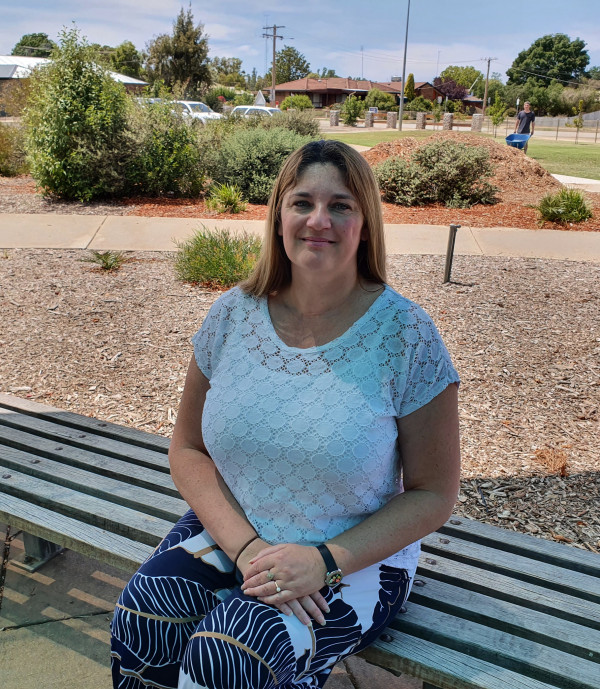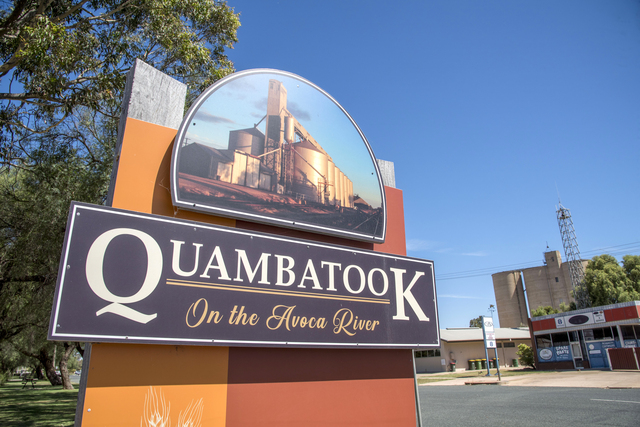SCHOOLS were eager to get the new school year started last week, with extra preparation required to enable students to even enter the gates.
Cohuna Consolidated School principal Valerie Lobry was keen to get into the new school year.
“We are excited, and just eager to start,” Ms Lobry said.
“There’s a lot of preparation that goes into going back to school normally, but even more so this year.”
It comes as the school reported a COVID-positive person attended the school last Monday, January 31.
“If your child is not experiencing COVID-19 symptoms, they can continue to attend school, but should monitor for symptoms,” the school posted on social media.
“Students who show symptoms of COVID-19 cannot attend school and should get tested.”
“It is strongly recommended that you test twice weekly prior to coming to school and report if positive to the school and health department.”
Victorian Premier Daniel Andrews and Minister for Education James Merlino introduced a plan to help welcome students back into COVID-safe classrooms.
Provided by the Victorian Government, rapid antigen testing (RATs) will be in place for the first four weeks of term one. It was recommended that the tests are to be used before school twice a week.
“We are also going to limit interclass activities in the next four weeks, so we are really following the instructions, the operational guidelines, which means in the next four weeks we try and avoid mixing classes where possible, and we need to run a risk assessment if we are going to run on of those activities,” Ms Lobry said.
While RATs were a welcome addition to existing COVID protocols in schools, Kerang Christian College principal Wayne Barker had some apprehensions about them.
“In terms of the reliability, that is a concern,” he said.
“I was talking to a parent this morning, who said their child’s friend had done a RAT test a few days ago and it tested positive for COVID, but then she did another test a few minutes later and it was negative, so that is a bit of a problem.”
Improving classroom ventilation is also a key goal of the government, providing 51,000 air purification devices to government and low-fee non-government schools, including Kerang Christian College.
“The air purifiers are a great thing because previously to have the air-conditioners on you had to have the windows open, and you can imagine up here when it’s 35 to 40 degrees and you’re leaving the windows open, you’re not going to get much cooling,” Mr Barker said.
Also predicting possible staff shortages due to COVID, the government has classified education staff as critical workers, which allows asymptomatic household contacts to voluntarily continue working if they return negative RATs.
The government has also organised a pool of inactive teachers, education support staff, retired principals and administrative support staff accessible for schools to be able to cover any COVID-related staff shortages.
“I think, like every other industry, such as healthcare and hospitality, they have been through waves of their own, and they have had staff absences to deal with, and I expect we are effectively preparing for that, I’ve got plan A, B, C and D,” Ms Lobry said.
Remote learning was also now only considered as a localised, last resort.
Ms Lobry was keen to get back into a rhythm that face-to-face learning provides.
“We will try and maintain the routine as much as we can,” Ms Lobry said.
“I wouldn’t be surprised if people were feeling a little bit anxious, but the best answer to that is having a plan.”







